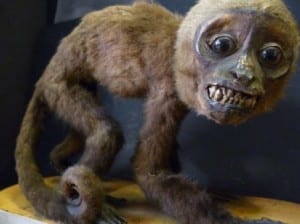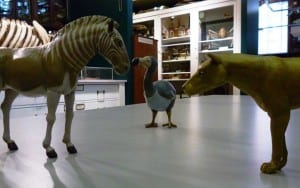Is Planet Dinosaur a Documentary?
By Mark Carnall, on 9 November 2011
Nearly three years ago I wrote a book chapter called Walking with dragons: CGIs in Wildlife ‘Documentaries’ the abstract can be found here. For one reason or another the book will only just be coming out someday soon, which means the content of the chapter went from state of the art, through to snapshot of thought in the noughties and is now practically an historical essay, such is the speed in which visual technologies change. The short summary of the chapter is that (chiming with Sir David Attenborough’s recent comments) CGI documentaries like Walking With Dinosaurs are a product of fact inspired fiction and presented as educational programmes. Ideally, this means that they should be as intellectually transparent as possible, the facts that inspire the fiction should be highlighted so audience members can get an idea of where porgramme makers have used artistic license to create an entertainment product. Can this be achieved in CGI documentaries without taking away from the spectacle of shows like Walking with Dinosaurs? This fact from which the fiction is derived can be called paradata and my book chapter examines how the paradata can be shown in these kinds of programmes. (more…)
 Close
Close





